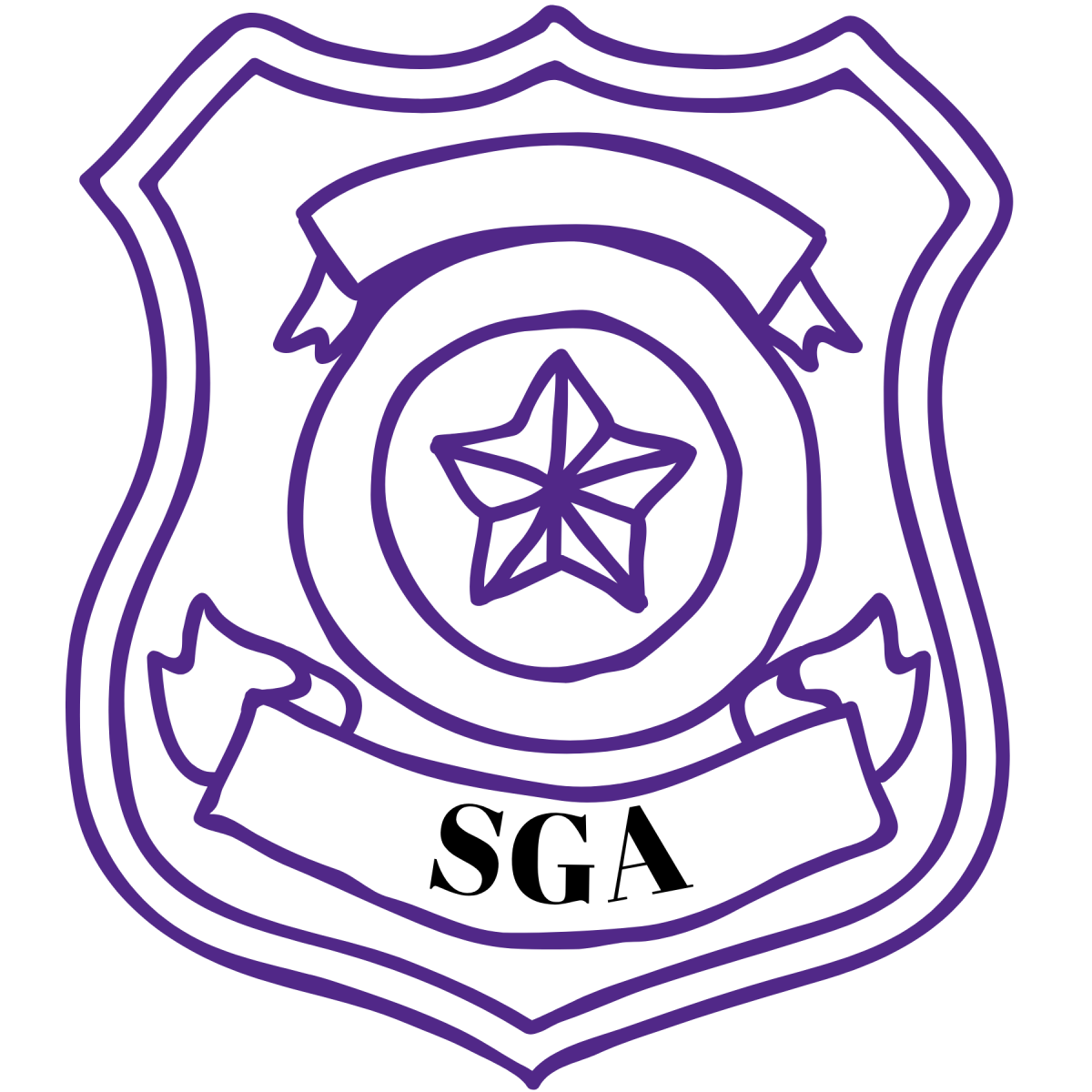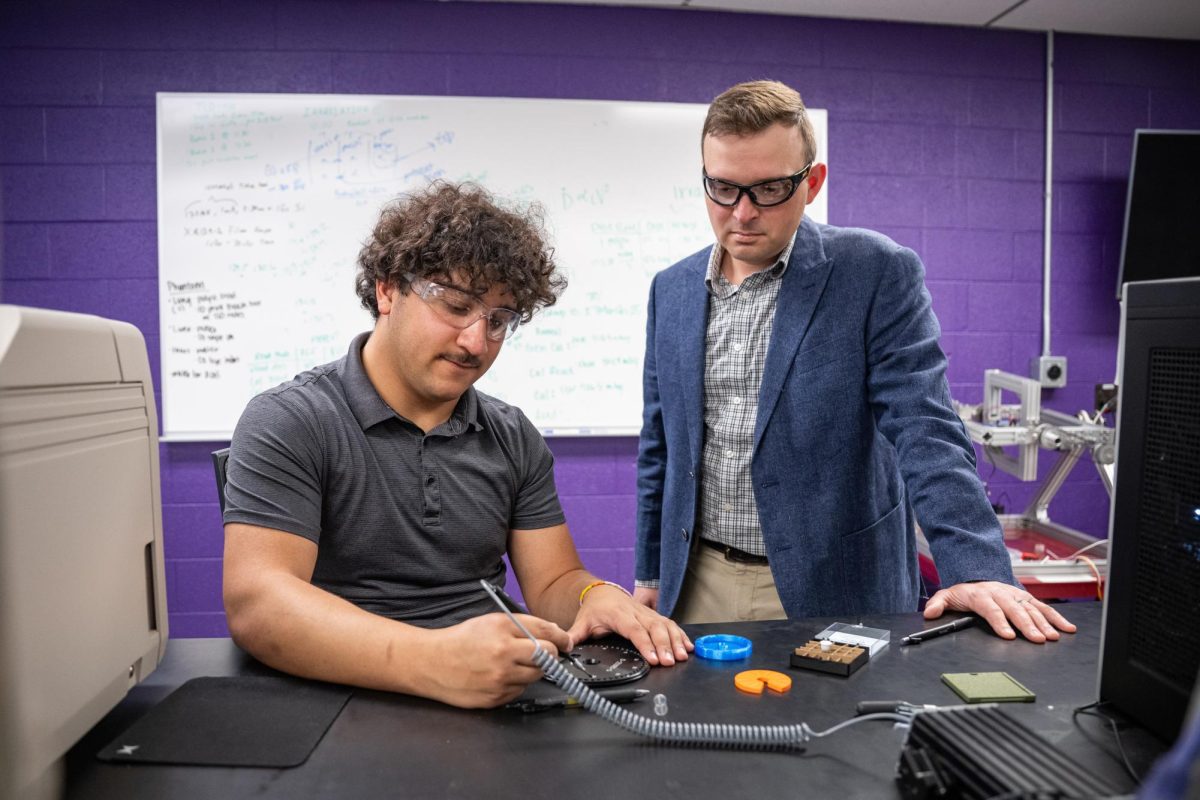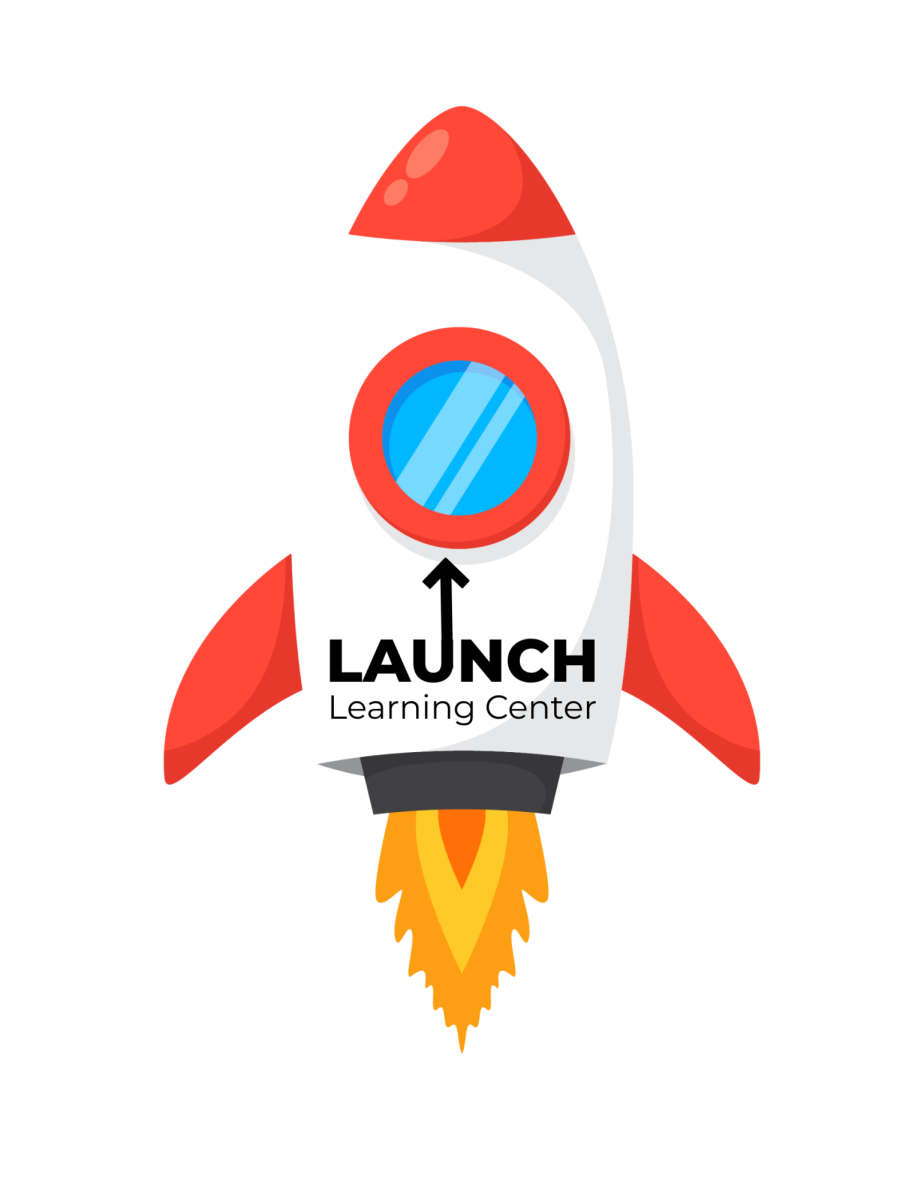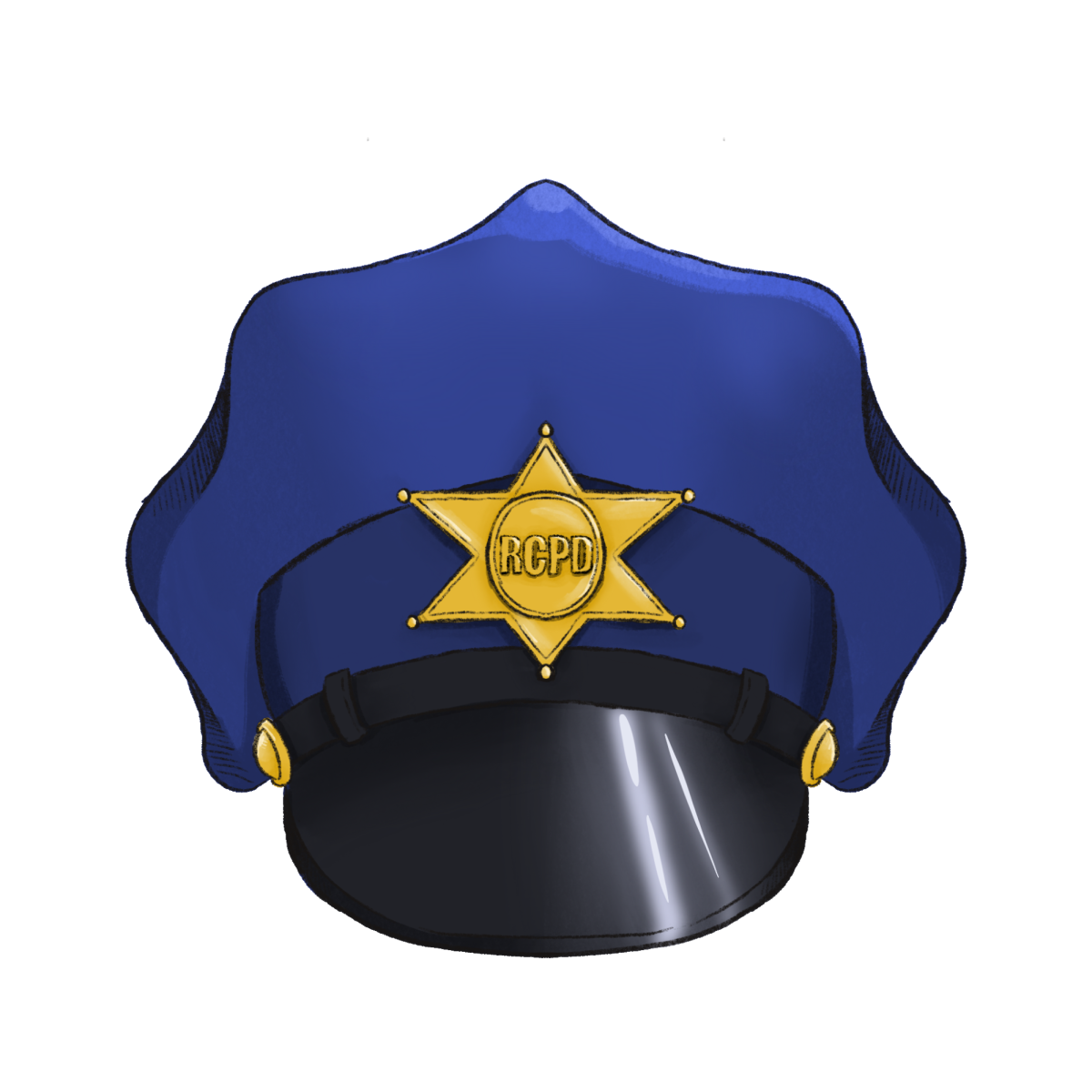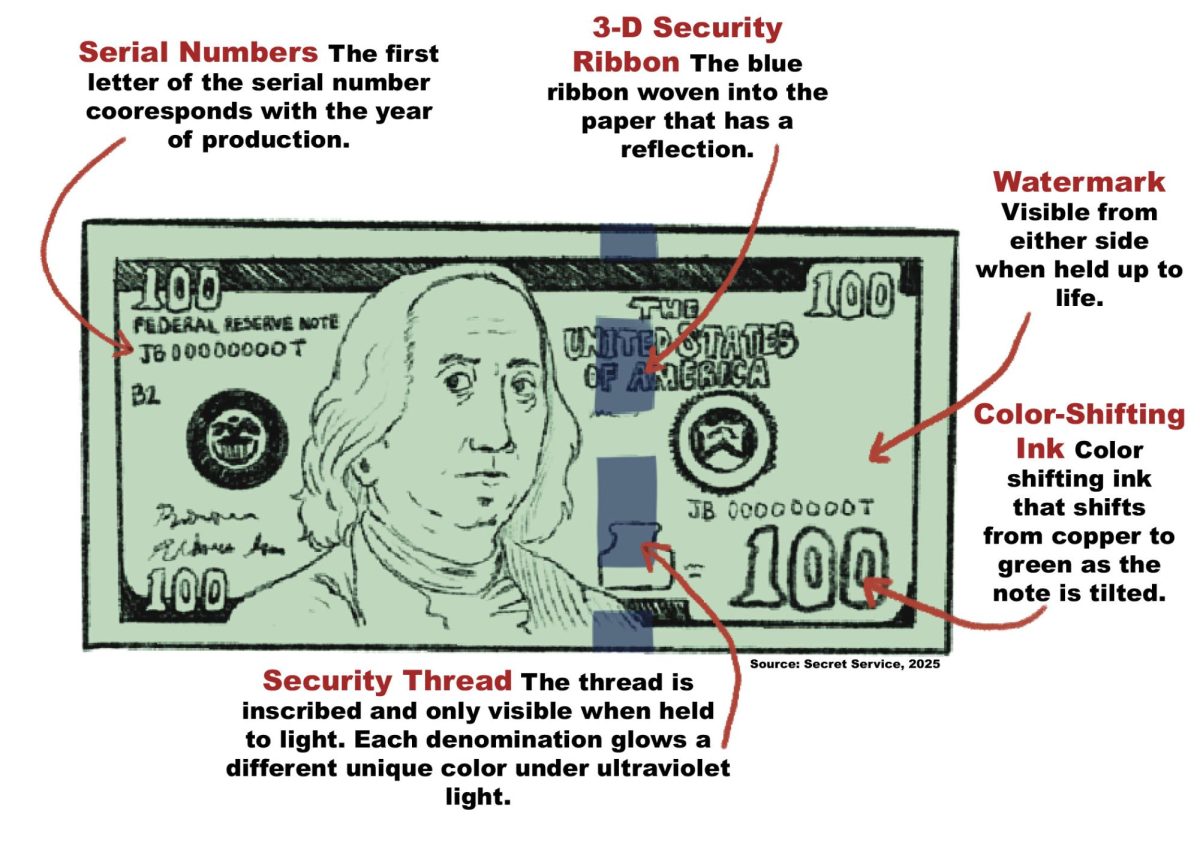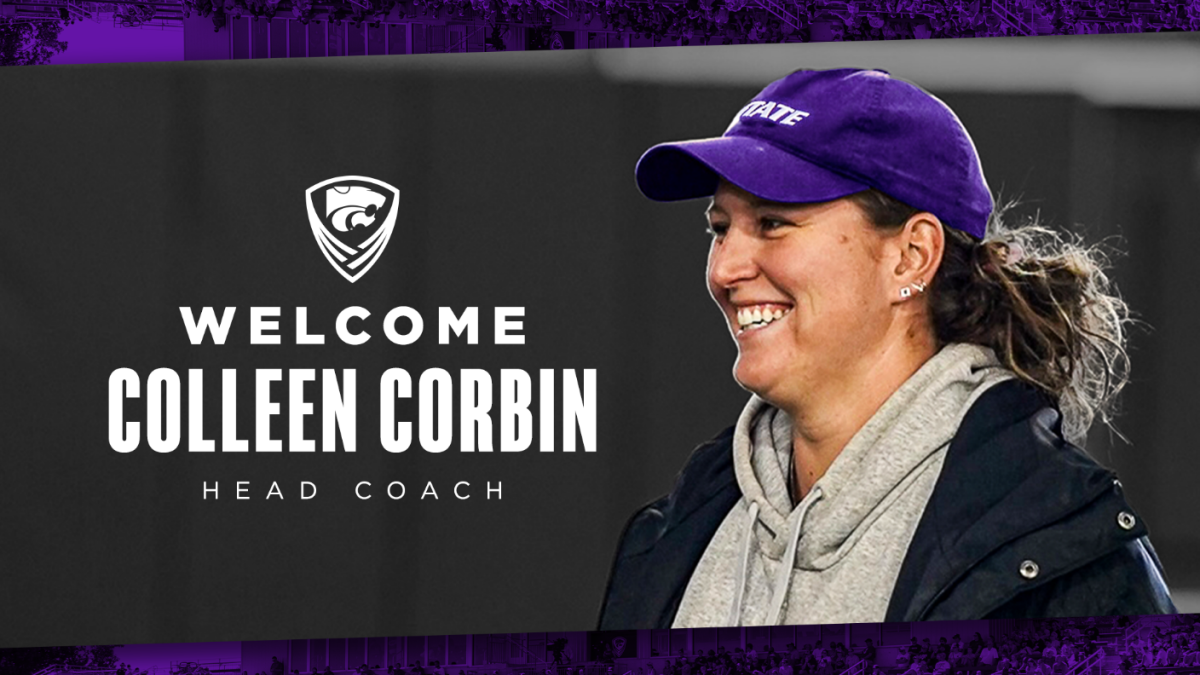Technology powers daily life, from how people shop to how global teams work together. As more systems move online, there’s a rising need for individuals who can design, build, and manage digital tools. Those who enjoy solving problems, thinking logically, and learning new tools are in high demand. A degree that blends technical knowledge with hands-on experience can open many doors. For people interested in systems, software, and data, this type of education is a solid place to begin.
Here’s how you can pursue a career in this field:
What You Really Need to Succeed
Being strong in tech doesn’t mean you have to be a math genius or know every programming language. You need to think clearly, solve problems, and adapt to new tools. Coding is important, but so is understanding why something works or what went wrong when it doesn’t. Strong writing and speaking skills are just as useful. Teams depend on clear communication, especially when explaining complex topics.
People in this field use logic to solve issues, patience to test systems, and creativity to design tools that work better. They often need to spot patterns, suggest changes, and meet deadlines. A good degree helps build these habits so that when it’s time to apply them, you’re ready.
Program Designed for Real-World Skills
The University at Albany offers a fully online program that prepares students for practical roles in the tech field. This program supports learners with flexible schedules and offers guidance from faculty with years of industry knowledge.
This program also helps students explore how technology connects with everyday use, how people interact with systems, how to improve digital experiences, and how to lead a project from start to finish. After completing the informatics degree, students leave with a mix of technical ability, critical thinking, and communication skills that help them perform in a variety of digital roles. Students take courses in software development, cybersecurity, interface design, and data analysis. They work on group projects and use real tools to gain direct experience.
Finding Your Focus: Tracks That Fit Your Interests
One size doesn’t fit all in tech learning. Some people like working with visuals and user design. Others prefer securing networks or organizing large sets of data. Many degree programs include different areas of study, or concentrations, that let students go deeper into specific subjects.
A few examples of these areas include web development, digital forensics, cloud systems, and user interaction design. Choosing a track helps you match your strengths to the kind of work you want to do. It can also make you more appealing to future employers who need people with focused knowledge.
Why Structure Matters: Going Beyond Self-Teaching
It’s easy to get overwhelmed by online resources. While tutorials and videos can be helpful, they don’t offer a full picture or a clear path. A degree program builds knowledge in a step-by-step way, so you know what you’ve learned and what’s next. It also connects you with instructors and peers who support your progress.
This structure matters when you move into real jobs. You’ll be expected to handle problems, share ideas, and apply what you’ve learned to new situations. A formal program provides both the content and the setting to grow those skills.
Opportunities After Graduation
After earning a degree focused on digital systems and data, many paths become available. Graduates can work in technical support, systems analysis, user interface design, application development, or project coordination. Some roles require more coding, while others focus on organizing teams or improving how people use technology. What matters is that students leave with a set of tools they can apply in different roles.
This field is always changing, so jobs shift too. Some positions didn’t exist five years ago. That’s why a strong base matters. It gives students the ability to learn new tools and grow into new roles as they appear.
Why Hands-On Work Matters
In this area of study, practice is just as important as theory. Projects, labs, and real-life examples make learning more effective. They help students understand how systems behave and how teams work together to fix problems.
Many programs include final projects that combine all the skills students have built. These experiences help students explain what they know and show how they apply it. This kind of work can be useful when building a résumé or preparing for interviews.
Adding Extra Skills: Certifications and Short Courses
Beyond the degree, some students choose to earn certificates in topics like cloud systems, networking, or data tools. These extra steps show that someone is up to date and willing to learn. While they are not always required, they can help set someone apart in a competitive job search.
Options include CompTIA, AWS, Microsoft, and Google credentials. These usually involve short courses and tests. They help reinforce what students already know while introducing new techniques or platforms.
What to Look for When Choosing a Program
Not all programs are the same. Before applying, students should check what subjects are covered, how flexible the schedule is, and whether there’s help available when needed. It helps to ask about access to digital tools, the kind of projects students work on, and whether the program supports online learners with guidance or tech support.
Talking to someone from the admissions team or reading reviews from current students can help. It’s also good to ask what kinds of jobs recent graduates have taken.
This field rewards people who stay curious, enjoy solving problems, and want to keep learning. With the right education, students can enter a space where change is constant and options are many. A solid program gives you structure, teaches you to think clearly, and prepares you to apply skills in different roles. Whether you’re drawn to design, development, analysis, or leadership, a strong start begins with training that matches real needs.
If you’re ready to work with tools that shape how people live and interact, this path could be the right one for you. It’s not just about understanding technology. It’s about using that understanding to help things work better.



